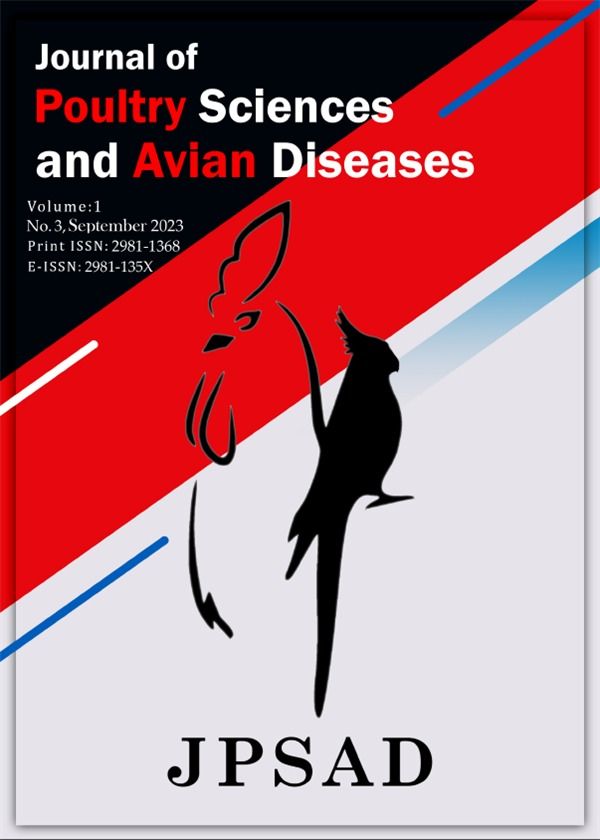A Comprehensive Review on Angara Disease in Poultry
Keywords:
Angara, Hepatitis Hydropericardium Syndrome, Poultry, Poultry Viral DiseaseAbstract
Hepatitis-hydropericardium syndrome (HHS) or Angara disease is an immunosuppression and contagious disease that often occurs in broiler poultry farms with a high mortality rate and sudden death. Furthermore, weight loss and sudden death have a significant and apparent economic impact on poultry farms, especially in fast-growing countries. Fowl adenovirus (FAdV) is a causative agent of HHS found in various animals, such as chicken. It causes rapid death and outbreak in young broiler farms, with an accumulation of jelly-like and straw-colored liquid in the heart pericardium, swollen and pale liver, heart muscles petechial and ecchymosis hemorrhages, swollen and pale kidneys, and atrophy thymus seen in gross pathology. Age, host, farm management, biosecurity plan, co-infectious, and level of immunity are risk factors for HHS. Angara is mainly found in Asian countries in Central and South America. The disease is transmitted vertically, like egg-transmitted, and horizontally by oral-fecal route. Rapid diagnostics and active monitoring systems in poultry farms can prevent and control Angara disease in farms. Vaccination and farm-specific biosecurity strategies reduce the initiation of outbreaks in farms. Treatment is based on activating humoral immunity against the virus, similar to vaccination.
Downloads

Downloads
Published
Issue
Section
License

This work is licensed under a Creative Commons Attribution-NonCommercial 4.0 International License.

















